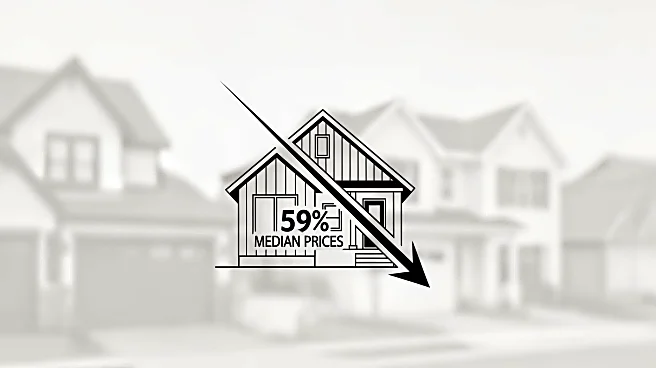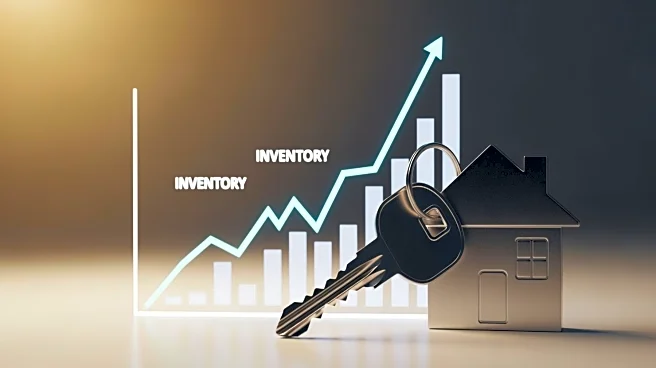What's Happening?
In September, Washington, D.C. experienced a moderate increase in home prices, with the median listing price reaching $589,225. The number of homes listed on the market grew by 10.3% from the previous month, although this increase is smaller than typically
expected for this time of year. Homes in the area are also selling at a slower pace compared to the same period last year. The price per square foot in Washington, D.C. rose by 0.8% compared to the previous month, contrasting with a national decrease of 0.8%. The inventory of homes for sale in the city increased by 10.3% from the previous month and 17.3% from the same time last year, with 2,983 homes available. On average, homes in Washington, D.C. took 52 days to sell in September, which is 12 days less than the previous month but two days more than the same month last year. Nationally, homes spent an average of 62 days on the market.
Why It's Important?
The rise in home prices in Washington, D.C. highlights a divergence from national trends, where home prices per square foot have decreased. This suggests a stronger demand or limited supply in the capital city compared to other regions. The increase in inventory and slower sales pace may indicate a cooling market, yet the price increase suggests continued interest in the area. This trend could impact potential homebuyers and investors, as they may face higher costs in the D.C. market compared to other parts of the country. Additionally, the real estate market's performance in the capital can influence economic perceptions and decisions, given its proximity to federal government activities and employment opportunities.
What's Next?
If the trend of rising home prices continues, it could lead to affordability challenges for potential buyers in Washington, D.C. Stakeholders such as real estate developers, policymakers, and financial institutions may need to consider strategies to address housing affordability and availability. Monitoring future inventory levels and sales pace will be crucial in predicting market stability. Additionally, any changes in federal policies or economic conditions could further influence the housing market dynamics in the region.













